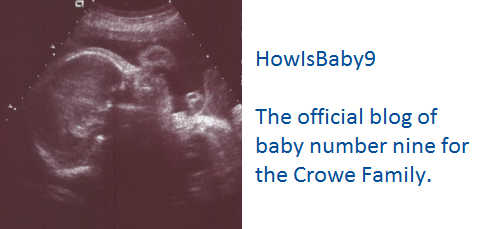With PVL, the area of damaged brain tissue can affect the nerve cells that control motor movements. As the baby grows, the damaged nerve cells cause the muscles to become spastic, or tight, and resistant to movement. Babies with PVL have a higher risk of developing cerebral palsy (a group of disorders that prevent the child from controlling their muscles normally), and may have intellectual or learning difficulties.
What causes periventricular leukomalacia?
It is not clear why PVL occurs. This area of the brain is very susceptible to injury, especially in premature babies whose brain tissues are fragile. PVL may happen when the brain receives too little oxygen. However, it is not clear when the trigger for PVL occurs - before, during, or after birth. Most babies who develop PVL are premature, especially those born before 30 weeks gestation. Other factors that may be associated with PVL include early rupture of membranes (amniotic sac) and infection inside the uterus.
What are the symptoms of periventricular leukomalacia?
PVL may not be apparent until later months. Each baby may experience symptoms differently. The most common symptom of PVL is spastic diplegia, tight, contracted muscles, especially in the legs. The symptoms of PVL may resemble other conditions or medical problems.





No comments:
Post a Comment